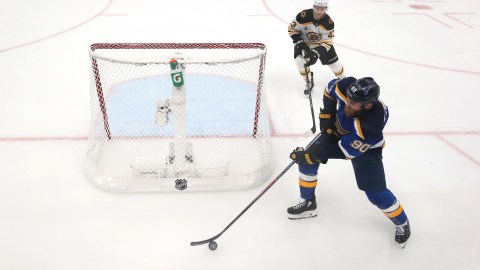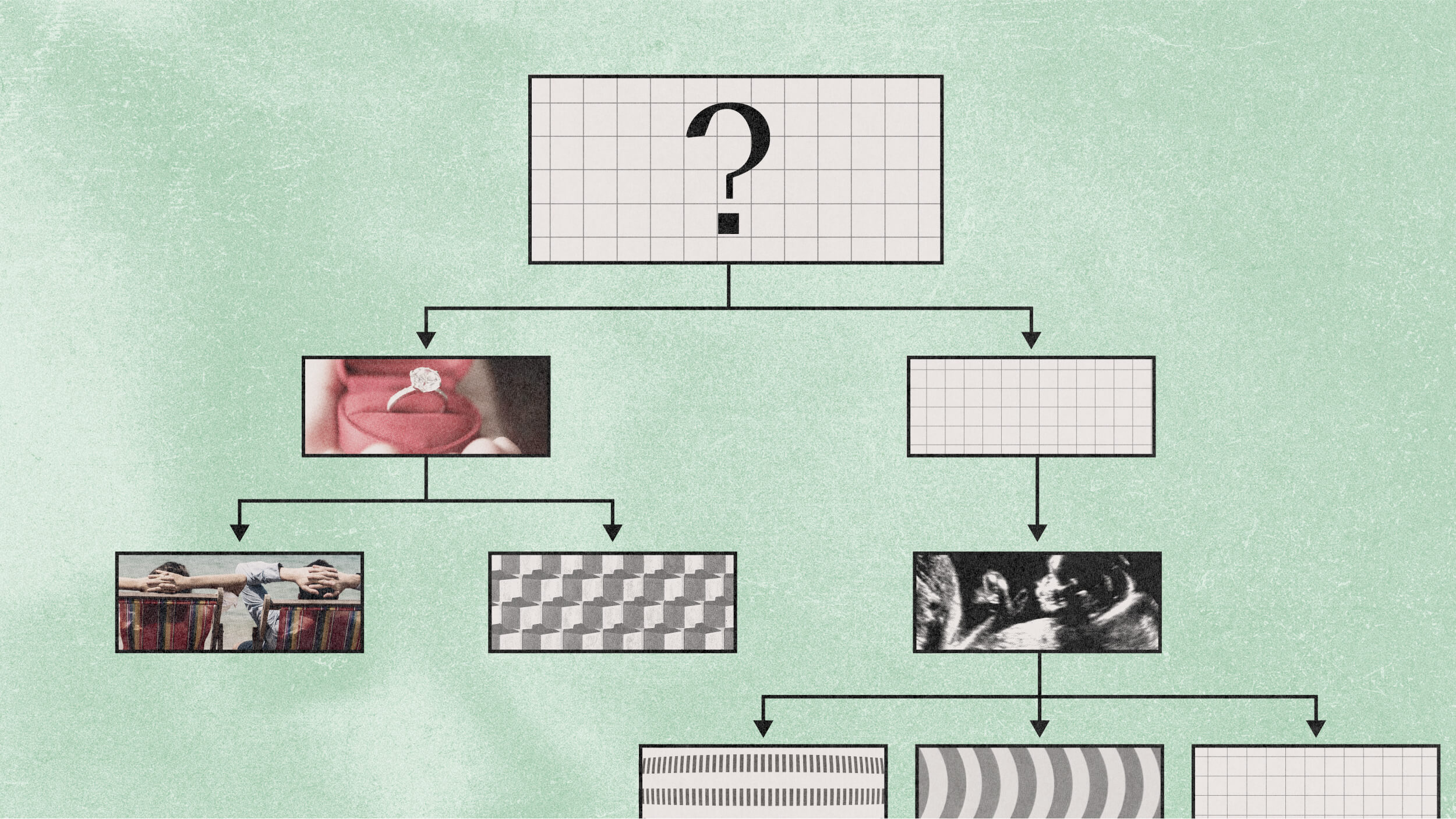When should hockey teams pull the goalie? Study finds optimal time.

Bruce Bennett / Staff
- A 2018 study used data from the 2015–2016 NHL season to conduct an analysis on the advantages of pulling the goalie.
- The results suggest the optimal time to be about three times earlier than convention calls for.
- The authors believe the results have implications in areas outside of hockey, such as investing.
Pulling the goalie in hockey is one of the most high-risk, high-reward moves in professional hockey. But when is the optimal time for a team to do it?
The answer is when there’s six minutes and 10 seconds to go in the game — in other words, about three times earlier than teams typically do.
For the unfamiliar: In hockey, each team is allowed six players on the ice, including one goalie. At any time, a team may choose to swap its goalie for a sixth attacker — a move that gives them an offensive advantage, but leaves their net wide open. Typically, teams will pull the goalie when they’re losing and the game is in its final two minutes.
The new finding comes from a 2018 study by NYU math professor Aaron Brown and hedge fund manager Clifford Asness. The two took data from the 2015–2016 NHL season to build a statistical model that used five inputs:
- Probability of scoring goals with a goalie in place
- Probability of scoring with the goalie pulled for an extra attacker
- Probability of scoring with a goalie in place but the other team has pulled their goalie for an extra attacker
- Goal differential
- Time remaining in the game
The pair calculated that, on average, each NHL team at full-strength has a 0.65 percent chance of scoring a goal in any 10-second interval of the game. This scoring probability jumps to 1.97% when a team pulls its goalie, and to 4.30% when a team retains its goalie but the other team pulls theirs.
Of course, this suggests that pulling the goalie puts a team at a disadvantage. But the authors note that a “team down a goal with short time remaining gains a lot by scoring, and loses little if the other team scores as losing by two goals is no worse than losing by one (admittedly our model doesn’t consider pride!).”
How the pair calculated the optimal strategy gets a bit complicated (you can head over to the journal SSRN to check out their full paper). In simple terms, they compared the relative advantages of pulling the goalie versus never pulling the goalie at various times, finding that pulling the goalie with 6:10 to go in the game yields the maximum advantage. However, that’s if you’re losing by only one goal.
“When down two goals, it pays to pull the goalie with 13:00 to go, less than halfway through the third period. If you score to make it one goal down, you replace your goalie until 6:10, as any earlier is too aggressive when only down by one. So, if you’re still down by one goal at 6:10, you pull again.”
Why don’t coaches pull goalies earlier?
The authors suggest a couple of reasons. First, they note that professional sports coaches aren’t always rewarded for winning, but rather for being perceived as good coaches. So, pursuing what seems to be an overly risky strategy might be a recipe for getting fired.
Another reason might be psychological, and comparable to a common phenomenon seen in the investing world.
“Investors have been shown to be reluctant to sell their losers (part of the so-called “disposition effect”) presumably as selling is psychologically ‘locking in” a loss,'” the authors write. “Might the extreme reluctance toward pulling the goalie, when say down two with more than 10 minutes left, be the result of a similar cause? Pulling the goalie earlier may be the best action in terms of expected points but runs a very high probability of going down three goals, and thereby almost ‘locking in’ the loss.”
So, even if hockey coaches don’t heed the advice for next year’s Stanley Cup Final, the findings might have some application outside of hockey. As the researchers note, “Perhaps the first lesson that we can apply outside of hockey is that sometimes what seems like the right criterion is, in fact, not, and selecting the right one can make an important difference.”





